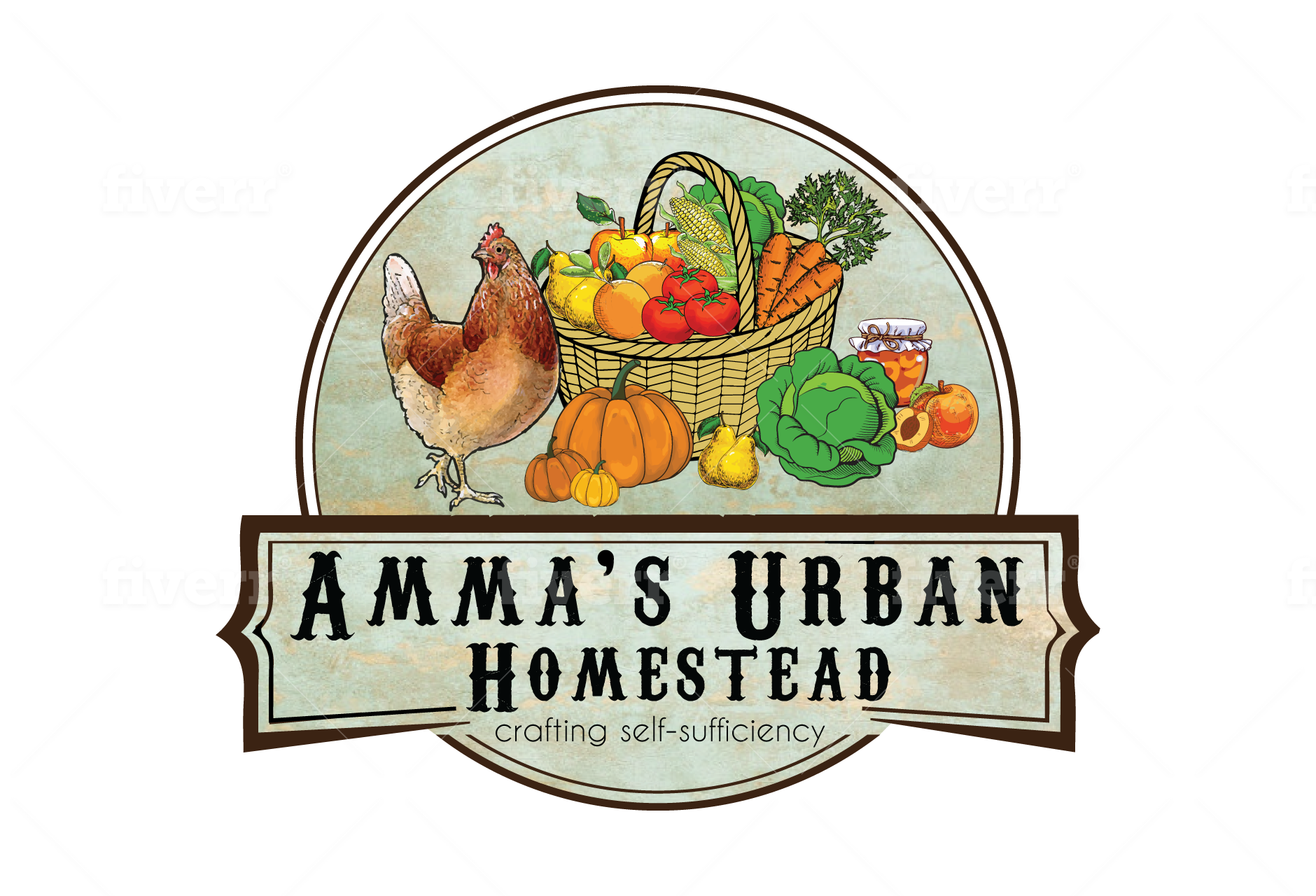Pollination: The Sex Life of Plants
Most people probably do not give much thought to the sex life of plants. But, for gardeners and about 90% of all plants, it is of utmost importance! Without proper pollination, plants cannot produce fruit or seeds meaning no food for people and animals and no new generation for the plants.
The Basics of Flower Structures
First, let’s review basic biology. Flowering plants, just like in every other organism that employs sexual reproduction, the male sex cell (sperm), fertilizes the female sex cell. In the case of plants, the male sex cell, or gamete, is contained in the pollen. The female sex cell, also a gamete, is the ovule which is found in the ovary of the flower.
Pollen is produced on the anther, a two-lobed structure at the end of a filament. Together, the anther and filament are known as the stamen. Some flowers, like squash, have prominent stamens. Other flowers such as roses have less conspicuous stamens. A flower may have one or several stamens. All the stamens of a flower are collectively called the androecium [an-ˈdrē-shē-əm].
The female reproductive part of the flower is the pistil. The pistil, located in the center of the flower, usually has a swollen base called the ovary. The ovary contains ovules, which if fertilized become seeds. A stalk, properly called a style, extends from the ovary. At the end of the style is the stigma, pollen-receptive tip. Stigmas have a variety of shapes and are often sticky to trap pollen. For pollination to occur, pollen grains from the same species of plant must land on the stigma and then germinate. The pollen grain forms a pollen tube that grows down through the style. Sperm from the pollen grain travels through the tube and fertilizes the ovules in the ovary. All the pistils in a flower are collectively called the gynoecium [gi-ˈnē-shē-əm].
Plants that rely on pollinators have structures called nectaries that secrete nectar. Nectaries may be located at the base of the flower, on the stamen, or elsewhere. Some plants have extrafloral nectaries. Cotton is one such plant and has nectaries on the leaves or stems which may attract beneficial insects. Peonies are another example of a plant with extrafloral nectories. Peonies have a mutualistic relationship with ants. Ants are attracted to the nectar and in turn protect the flower buds flower buds from caterpillars and other bud-eating insects.
Types of Flowers
Most plants have bisexual (AKA hermaphroditic) or “perfect” flowers that contain both male and female structures. Lilies, roses, tomatoes, and apples are examples of bisexual flowers. Plants with bisexual flowers are often able to self-pollinate. However, some fruit trees are self-unfruitful. This means they need another variety for pollination. Some that are self-fertile produce a heavier crop with a pollinator. Most varieties of apricot, peach, nectarine, and sour cherry are self-fertile. Most varieties of apple, plum, sweet cherry and pears require or produce better with a pollinator. An example is Anna and Ein Shemer apple trees. While both are self-fertile, they will produce more apples when paired for cross-pollination.
Some plants do not have perfect flowers. They are known as monoecious plants. Instead of having male and female parts in the same flower, monoecious plants have male and female flowers. Corn, melons, and squashes are examples of monoecious garden plants. Monoecious trees include palo verde, birch, hazelnut, oak, pine, and spruce.
Tassels are the male parts of the corn plant, and the silks are the female parts. Wind carries pollen from the tassels to the silks. Each silk is connected to a single ovule or kernel. Poorly filled corn cobs are the result of inadequate pollination.
Squash, melons, and cucumbers have distinctive male and female flowers. The base of each female flower has a small swollen embryonic fruit. Male flowers have a slender stem at their base and often appear before female flowers. The embryonic fruit of unpollinated or inadequately pollinated female flowers often begins to develop only to wither and rot. In the absence of pollinator insects such as bees, hand pollination is needed to ensure fruit set. The pollen from the male flowers can be transferred to the female flowers with a small paint brush or by picking a male flower and touching the pollen-laden anther to the pistils of female flowers.
Still other plants, known as dioecious plants, have either male (staminate) or female (pistillate) flowers. Male plants produce often inconspicuous flowers that produce pollen. Female plants produce flowers that have only female structures. Some examples of dioecious plants include holly, asparagus, date palms, mulberry, persimmons, juniper, sago palm, and spinach. Some, such as mulberry and juniper, are wind pollinated. Others are pollinated by both wind and insects.
When fruit is desired, a male of the species is needed to provide pollen for the females. One male can provide pollen for several females. As male plants do not produce fruit, they are sometimes preferred over female plants. An example is mulberry. Unfortunately, the practice of growing only male plants increases wind-borne pollen to the distress of allergy sufferers. In some instances, male plants can produce a better harvest than female plants. Gardeners often select all male asparagus plants because they do not produce fruit leaving more stored energy for making new spears.
